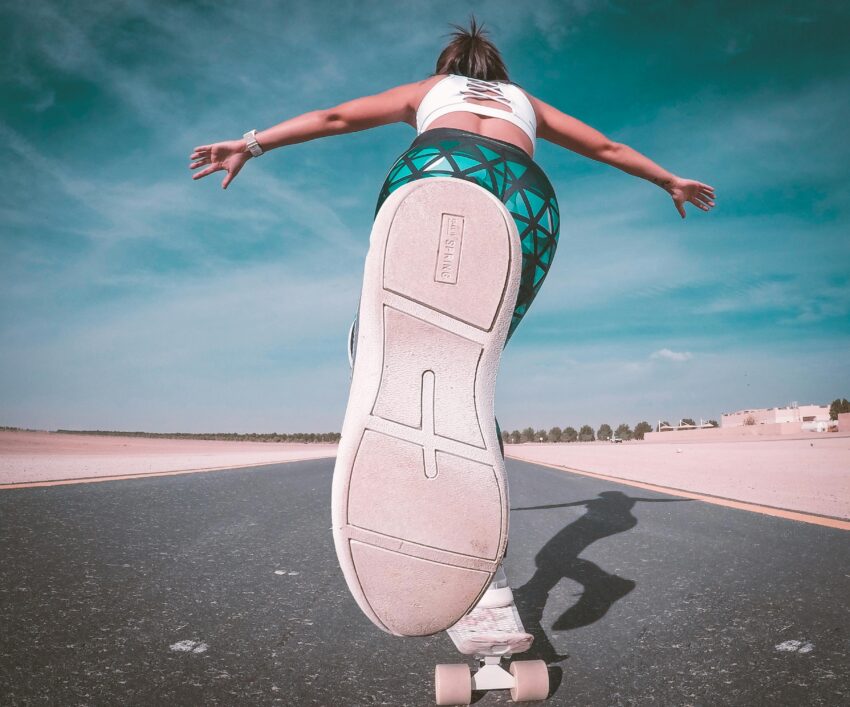So You Got a Longboard…
Hi, so chances are you’re reading this blog because you just got yourself a longboard, or you’re considering making that purchase—possibly because of a YouTube video you saw recently.
Whatever the case may be, this article will walk you through how I went from total newbie who could barely balance on the board to skilled rider zipping and zooming around my college campus.
Learn to Balance
So the first step as you get the board out of the box is learning how to balance.
For me, I put my right leg on the board and bent my knee to shift my weight forward and really stabilize myself. From there, I pushed slowly with my left foot against the ground—and I was happily moving.
✅ Don’t push too much when you’re starting out.
✅ Lean forward to maintain balance while moving.
✅ Expect a bit of wobbling, but that’s part of the process!
Why I Learned to Longboard
What really motivated me to learn was the need to get around my college campus faster than walking—and to have fun while doing it.
I read on Amazon that the skill could be learned in 30 minutes to an hour. With that kind of fast turnaround, I knew it would be perfect for me.
Looking Like a Dunce… and Owning It
As I kept pushing while trying to balance, I practiced going up and down my neighborhood driveway.
It’s funny how much of a dunce I looked—barely able to operate the thing—but I’m glad no one was really watching. They were probably just chilling in their houses, so I had the confidence to keep going.
That day, I even got my pushing foot onto the board for a few seconds at a time. Small wins.
Gaining Speed and Confidence
Day two was all about pushing faster. I had gotten more comfortable with balancing, and I want to mention—I never fell or got injured.
✅ My board was super stable
✅ The long deck gave me plenty of balance
✅ I always leaned forward and stayed cautious
I started feeling the breeze as I rode down the cul-de-sac. That’s when I really started enjoying it.
Turning on a Longboard
Turning was easier than I expected. The challenge was gaining enough speed to balance while shifting my body weight.
Leaning forward is easier than leaning back because of gravity, so I practiced turning mostly from that position.
With my longboard (which is longer than a skateboard or penny board), turns are trickier. So I learned to:
✅ Approach turns at a wider angle
✅ Give myself enough space to lean and carve
✅ Avoid sharp or last-minute turns
Best Surfaces to Ride On
The surface you ride on really matters. I recommend:
✔️ Smooth pavement
✔️ Asphalt (found in suburban neighborhoods, parking lots, or garages)
✔️ Hilly roads (great for cruising once you’re confident)
Avoid these:
❌ Cobblestone or brick (wheels get stuck)
❌ Gravel or dirt (not suitable for riding)
Final Thoughts
So… what are you waiting for?
Pick up a longboard from Amazon now and start riding. If you follow my instructions, I doubt you’ll regret it.
